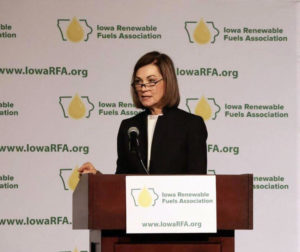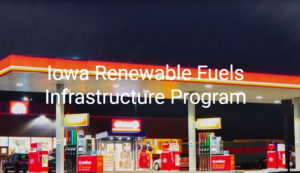Tyler Lark will join the Michigan State University Department of Plant, Soil and Microbial Sciences in August as an assistant professor after spending the last six years as a scientist in the University of Wisconsin-Madison’s (UW-Madison) Center for Sustainability and the Global Environment.
At UW-Madison, Lark led research on U.S. agricultural land use change and its impacts on the nation’s land and water resources, including the 2022 study claiming the Renewable Fuel Standard increased corn prices by 30% and increased corn acreage by 8.7% between 2008 and 2016. The report was immediately refuted by the ethanol industry as being based on “a series of worst-case assumptions, cherry-picked data, and disparate results from previously debunked studies to create a completely fictional and erroneous account of the environmental impacts of the Renewable Fuel Standard,” and was debunked by the Department of Energy’s Argonne National Laboratory.
The UW-Madison study was still being used last year by the Center for Biological Diversity (CBD) in its lawsuit challenging EPA’s 2023-2025 Renewable Fuel Standard volumes. At the same time, Lark published another study on land use change that actually contradicted the previous one and showed that between 1986 and 2018 more than 30 million acres of U.S. cropland were abandoned and transitioned into grassland/permanent pasture, forest, shrubland, wetlands, urban areas, and other uses.
At MSU, Lark’s position is one of six new faculty roles hired through the Agricultural Resiliency Program, a partnership among MSU, the Michigan Plant Coalition, and the Michigan Department of Agriculture and Rural Development. The program, which is administered by MSU AgBioResearch and MSU Extension, was established in 2024 to address long-term plant agriculture issues related to extreme weather and water.













